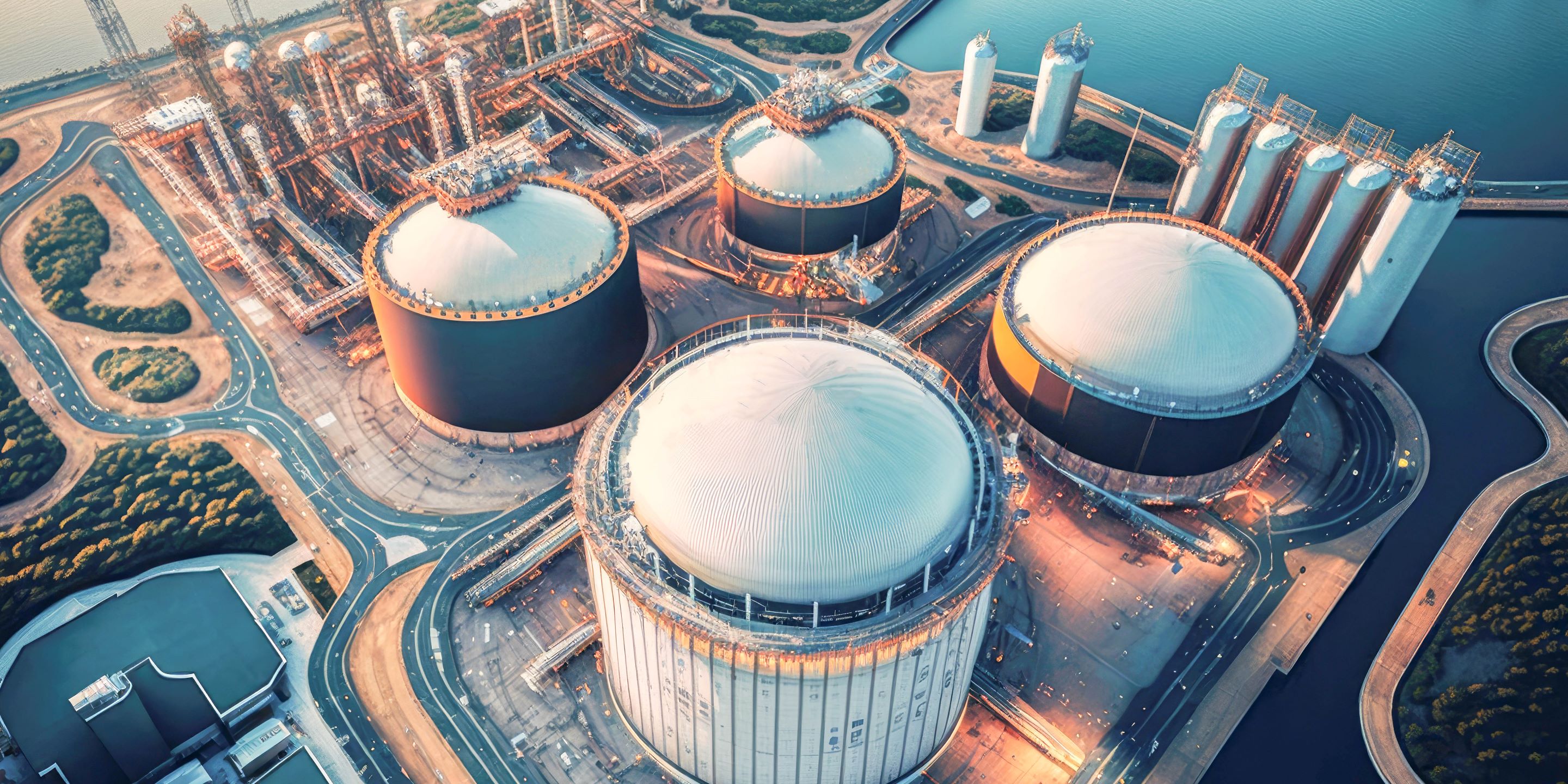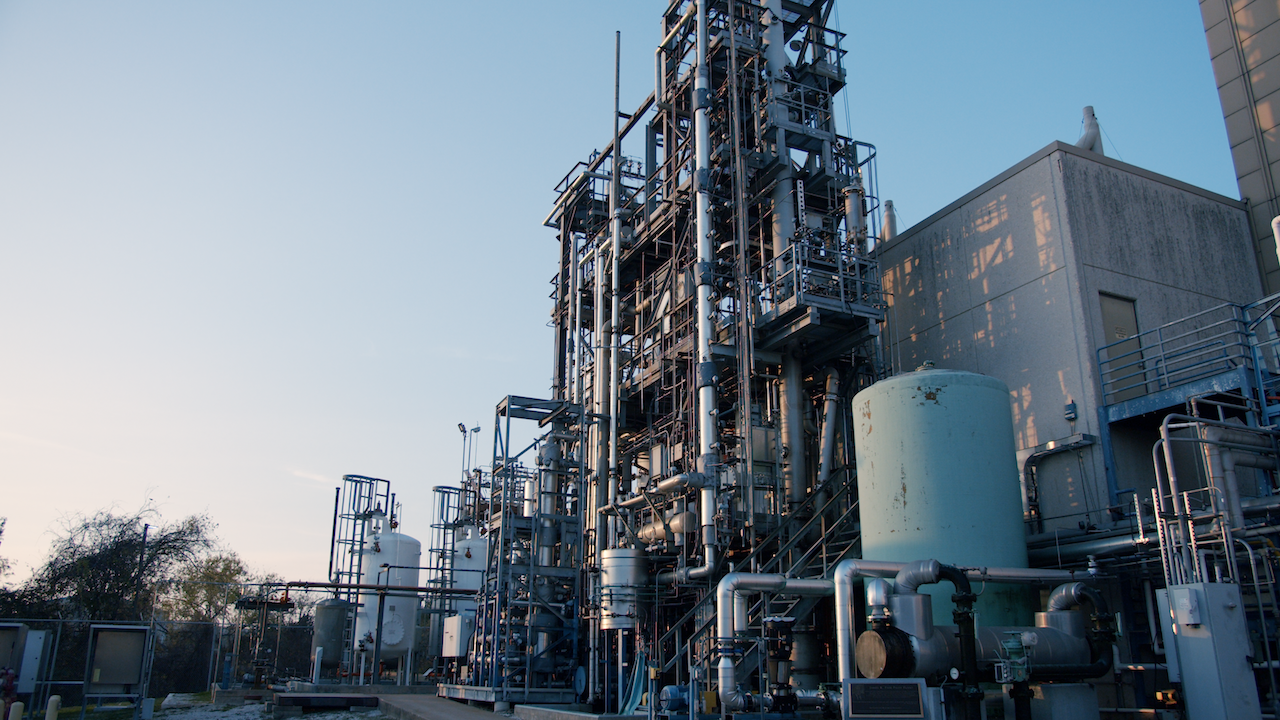The Role of Carbon Capture Technologies in Decarbonizing Hard-to-Abate Sectors

The Role of Carbon Capture Technologies in Decarbonizing Hard-to-Abate Sectors
Ready-now carbon capture, utilization and storage (CCUS) technologies are enabling the reduction of CO2 emissions today.
There’s a profound sense of urgency to accelerate the progress for the reduction of greenhouse gas (GHG) emissions as the effects of global warming are continuously felt across the world. This is especially the case for heavy industries including hard-to-abate sectors such as power, cement, steel, refineries, petrochemical and other industrial areas as they are known to be high carbon emission contributors.
According to the International Energy Agency (IEA), heavy industries account for 20% of global carbon dioxide (CO2) emissions today. As a result, global regulations and national and corporate net-zero policy ambitions are putting pressure on these industries and their leaders to find technologies and solutions that can transform their operations by reducing their GHG emission output.
While the energy transition journey from fossil fuels to renewable energy resources continues, it’s essential for these hard-to-abate sectors and the rest of the world to adopt and incorporate technologies that exist today to reduce their emissions. Technologies such as carbon capture, utilization and storage (CCUS) have the potential to play a significant role in mitigating climate change and achieving global climate goals.
CCUS technologies are capable of capturing carbon dioxide emissions from industrial processes and storing them underground or utilizing them for other purposes, such as enhanced oil recovery or the production of synthetic fuels. Both pre and post-combustion carbon capture can help reduce greenhouse gas emissions and support the transition to a low-carbon economy.
Honeywell's Carbon Capture solutions can help companies reduce their carbon footprint by capturing and sequestering CO2. In addition, CCUS technologies can help address the challenges of high costs and energy requirements by improving efficiency, reducing operating costs, and increasing scalability.
Energy and petrochemical companies are already making efforts to incorporate CCUS technologies to help them reduce their CO2 emissions while producing low-carbon hydrogen.
Recently, it was announced that Exxon Mobil will be deploying one of our carbon capture technologies – Honeywell’s CO2 Fractionation System and Hydrogen Purification System– at their Baytown, TX complex. The use of this technology is expected to enable ExxonMobil to capture 7 million tons of CO2 per year, the equivalent of the emissions of 1.5 million automobiles for one year.1
Our ready-now, commercially proven Honeywell CO2 Fractionation System technology helps capture CO2 and provides a high-purity product for rail and ship transport. It can be tailored to meet required H2 and CO2 purity requirements, provides low-cost options to significantly reduce CO2 emissions, offers solvent-free options with a smaller footprint and has a single unit separation and liquefaction available.
The technology to implement a decarbonization strategy exists and is ready-now today. As renewable energy technologies continue to develop, it’s crucial for companies in hard-to-abate sectors to adopt reliable CO2 capture technology in order to begin their energy transition journey.
At Honeywell, we bring over 70 years of experience in carbon capture via enhanced oil recovery, with our latest innovation in the post-combustion Advanced Solvent Carbon Capture (ASCC) enabling further scale-up of decarbonization efforts. Our proven CCUS and hydrogen solutions are widely known for reliability, high purity, and low cost and can be tailored to help meet the needs of your operation. With a suite of chemical and physical solvents, membranes, adsorbents and cryogenic technologies, we’re enabling cost-effective emission reduction today.
Contact us and learn how our Honeywell Carbon Capture solutions can help you begin your emission reduction journey today.
1Based on the EPA's GHG equivalency calculator comparing nearly 7 million tons of CO2 per year with gasoline-powered passenger vehicles on the road.


